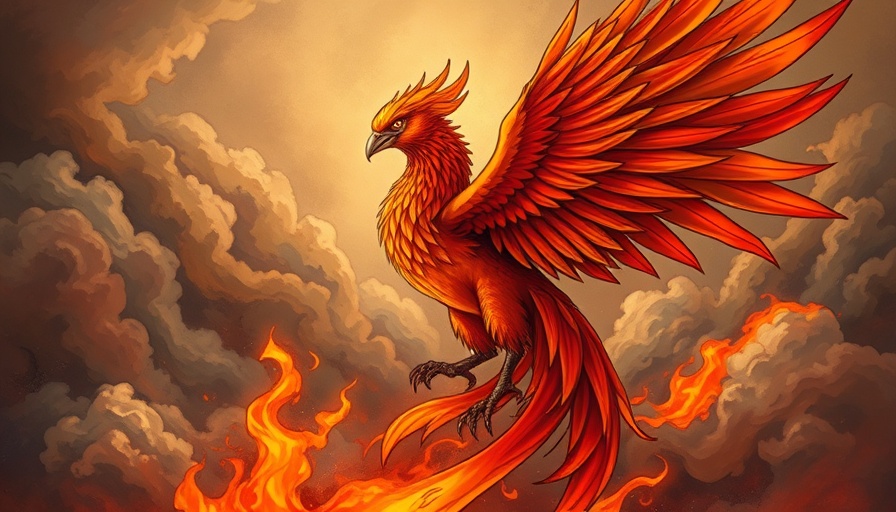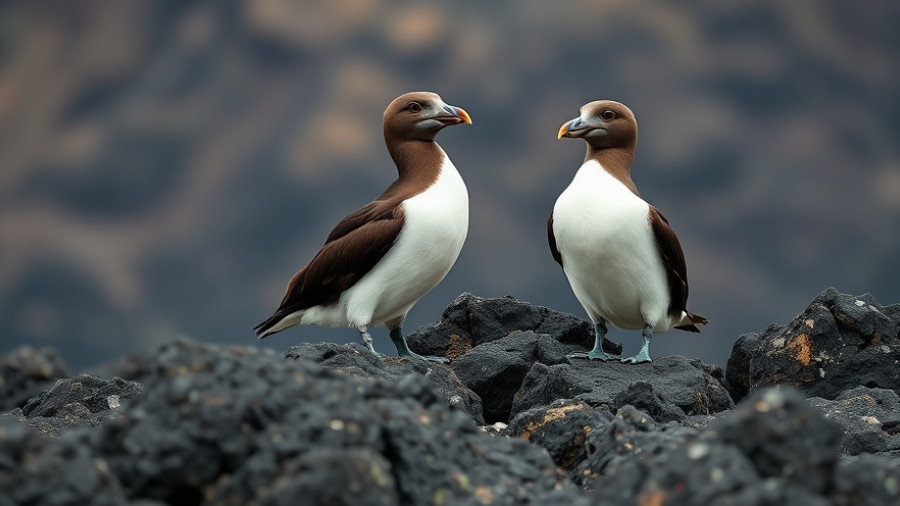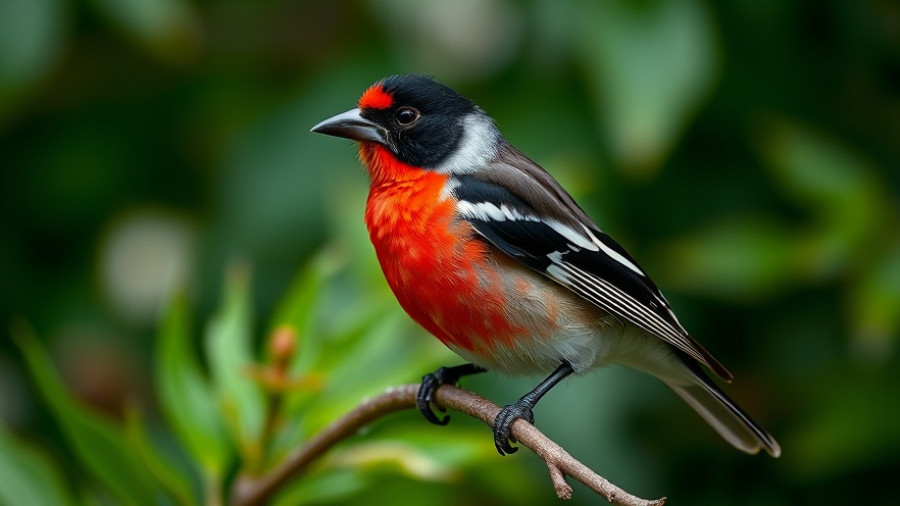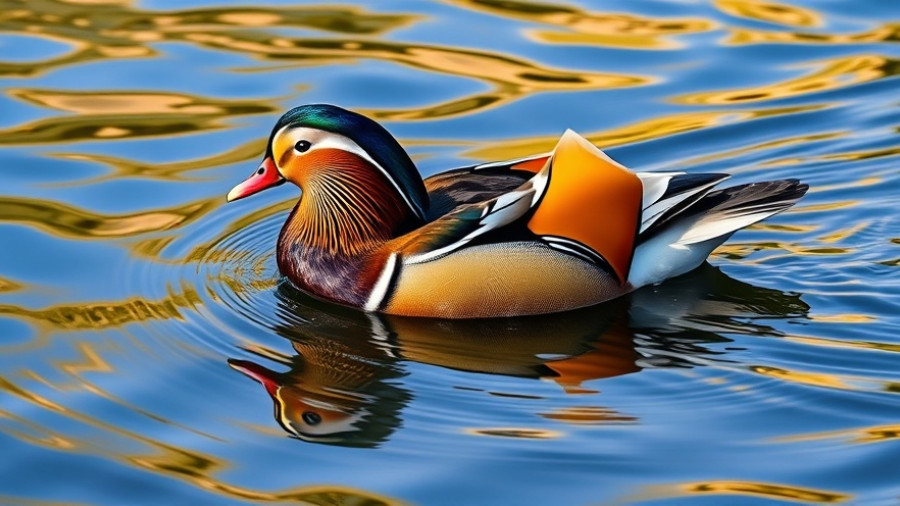
Discover the Mystique of the Legendary Phoenix
The Phoenix, a legendary bird of ancient lore, symbolizes renewal and rebirth. Fabled by both the Greeks and Egyptians, this magnificent creature captured the imagination of many across millennia. Living for an impressive 500 years, it was said to be the only one of its kind at any given time. As its life drew to a close, the Phoenix would construct a nest and ignite itself into flames, only to rise anew from its own ashes. Such tales not only speak to the power of transformation but also offer a profound insight into life's cyclical nature.
Connecting Nature and Myths
The association of the Phoenix with the sun adds another layer to its symbolic power. In one myth, the dawn song of the Phoenix was so enchanting that it would cause Apollo, the sun god, to pause his journey across the sky to listen. Imagine the beauty of a creature whose song could stop time. This connection illustrates how our ancestors viewed the natural world – as something sacred and intertwined with divine beings.
The Intriguing Variations of the Phoenix Legend
Descriptions of the Phoenix's size and color vary widely, from a bird as large as an eagle to one even bigger than an ostrich, often adorned with vibrant feathers of red, gold, or purple. Commonality among these accounts is its awe-inspiring golden aura, setting it apart as truly unique. This variety in legend ignites curiosity about how such myths might have evolved and adapted across different cultures yet retained the core theme of rebirth.
Why the Phoenix Continues to Inspire
The Phoenix resonates with the human experience of renewal and hope. Its image has transcended its origins to inspire art, literature, and philosophy. Wallace Stevens' poem perfectly encapsulates that inspiration with lines describing the “gold-feathered bird” as a vision of beauty perched in a palm tree, reminding us to take a moment to reflect on renewal amid our busy lives.
The Bottom Line: Reflect on Your Inner Phoenix
The mythical Phoenix serves as a compelling reminder of the power of transformation that resides within us all. Just as the Phoenix rises from the ashes, we too can embrace change and emerge stronger from our challenges. As we contemplate the stories of legendary creatures, let’s also share our journeys of renewal with others, inspiring a cycle of growth and resilience in our communities.
 Add Row
Add Row  Add
Add 




Write A Comment